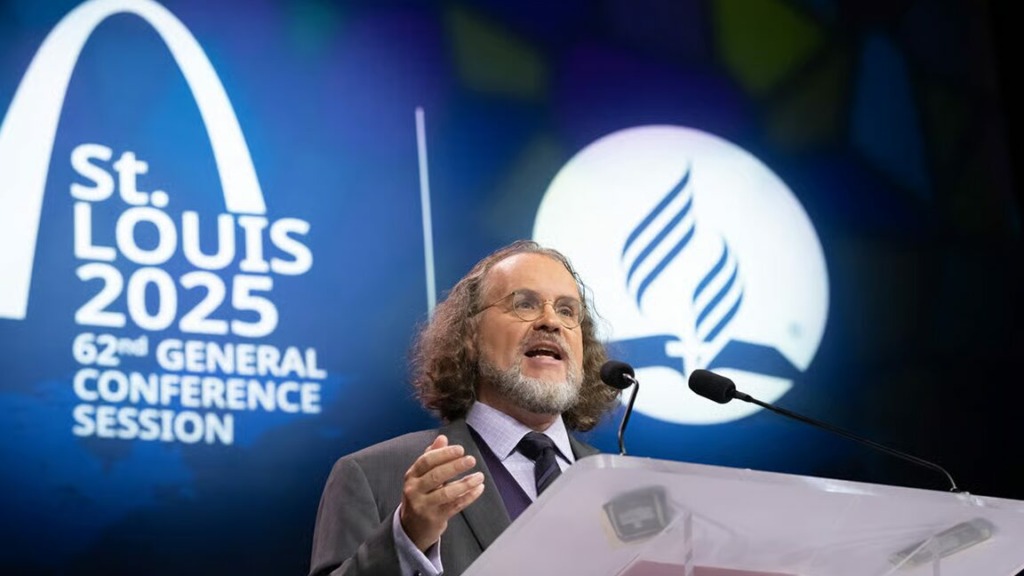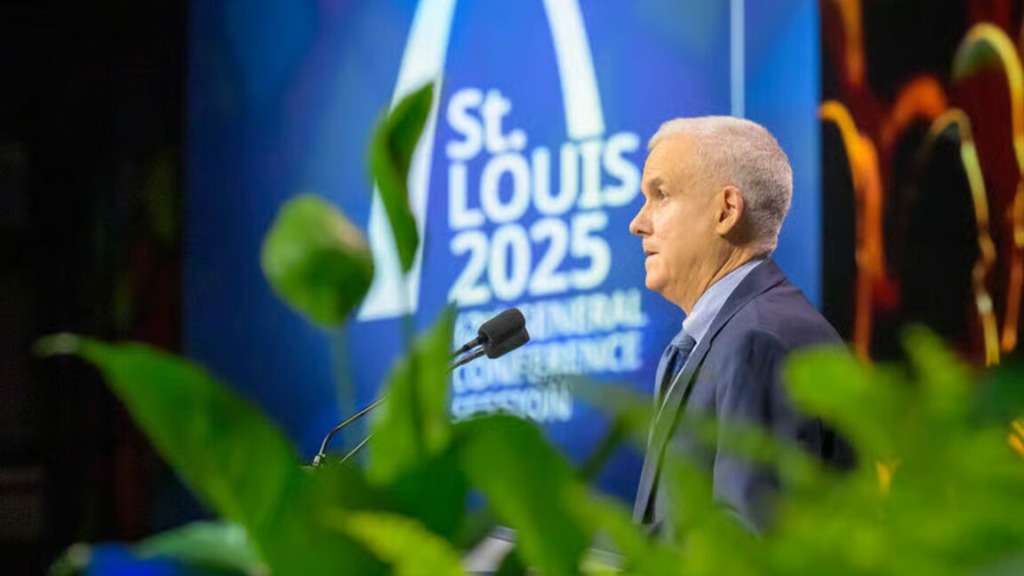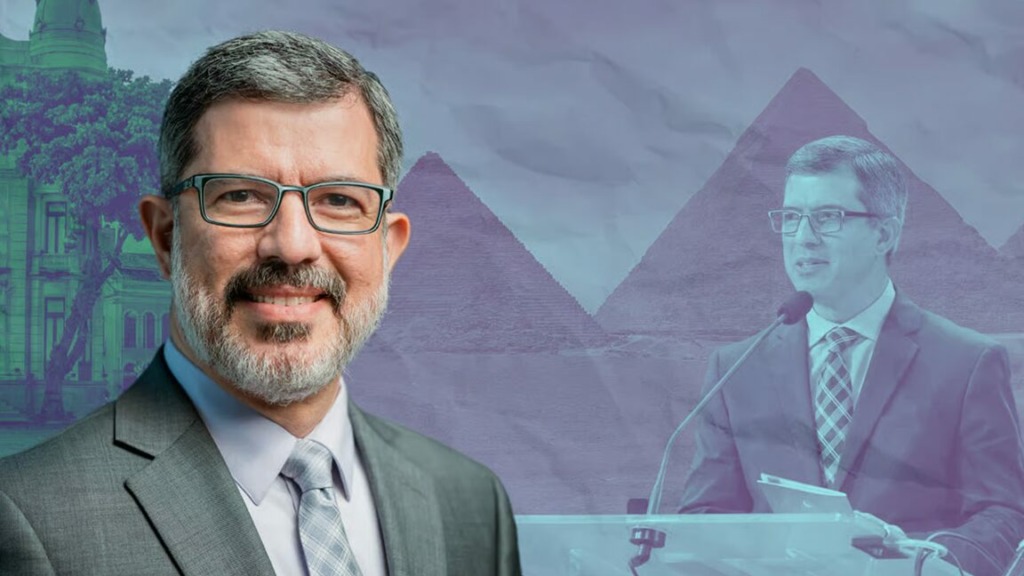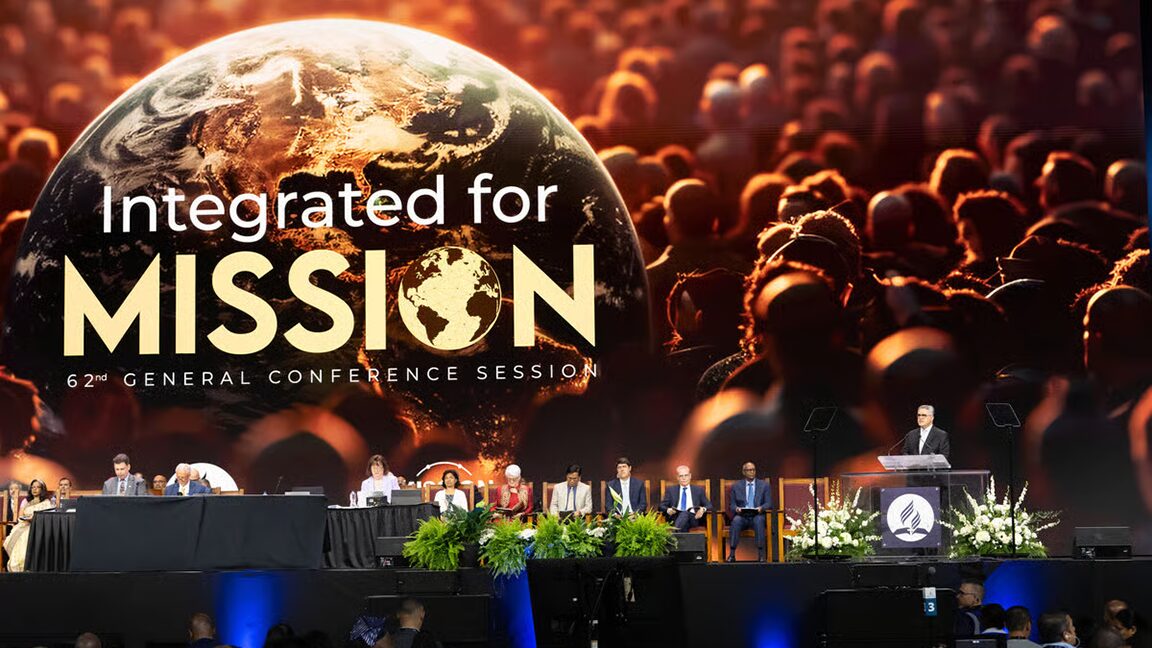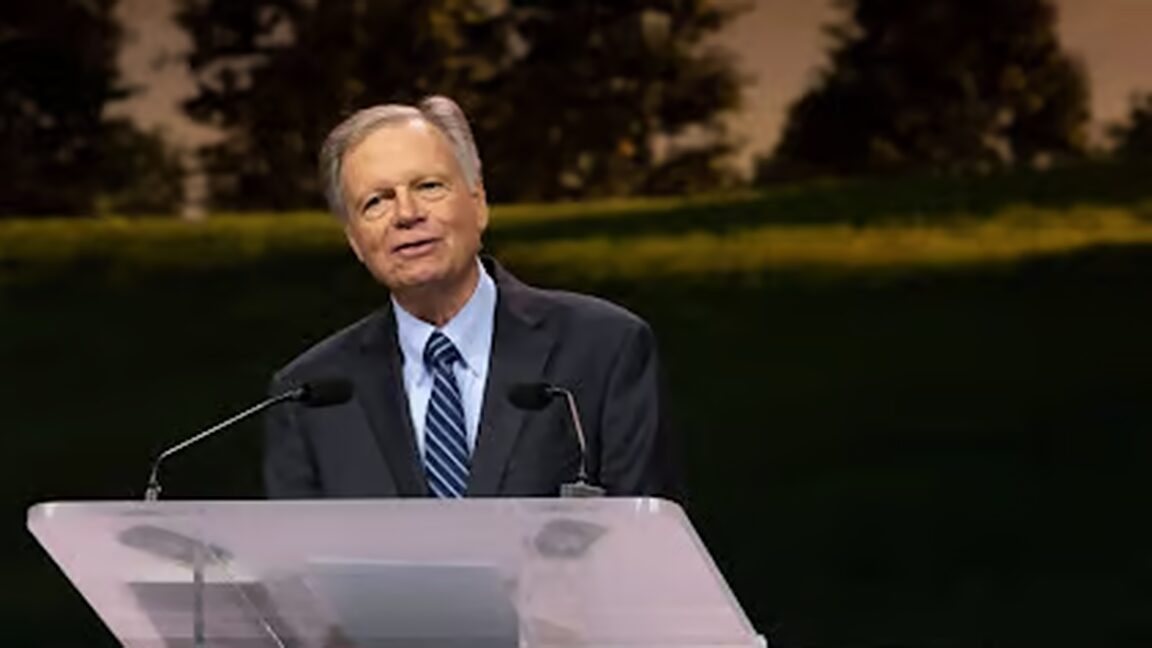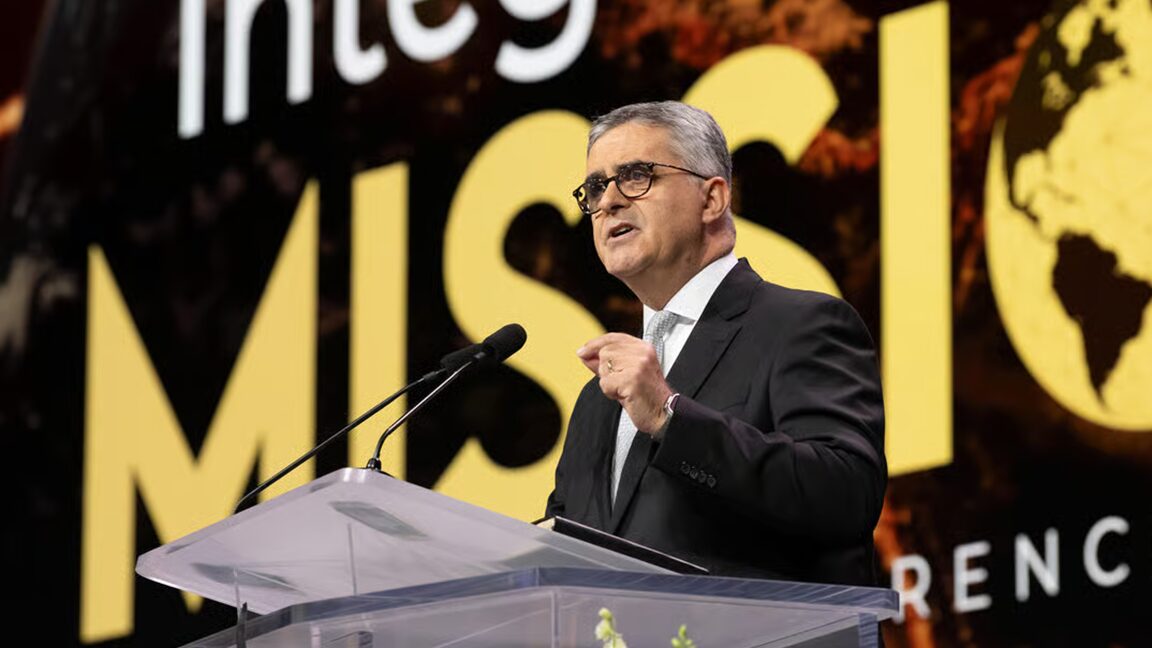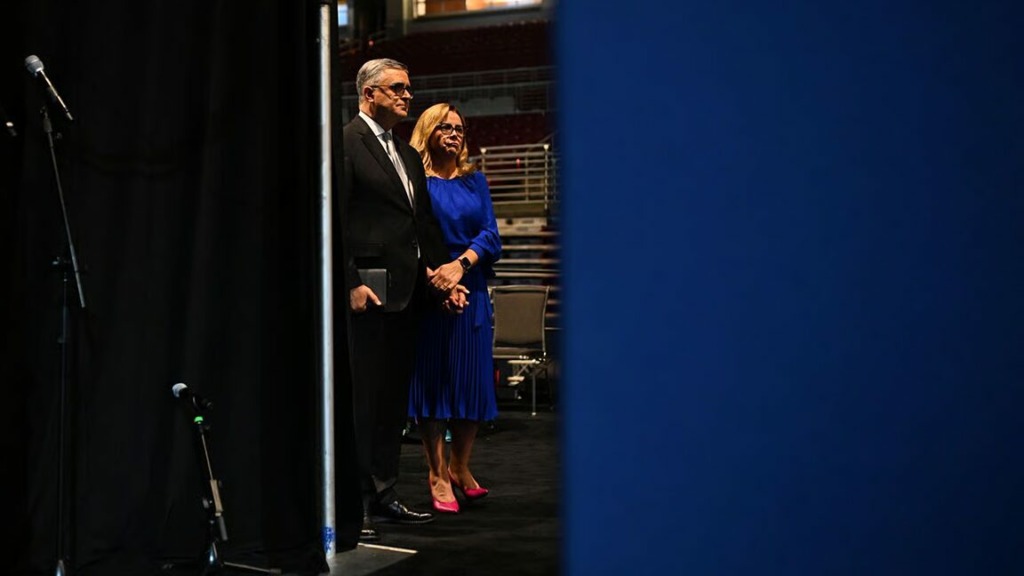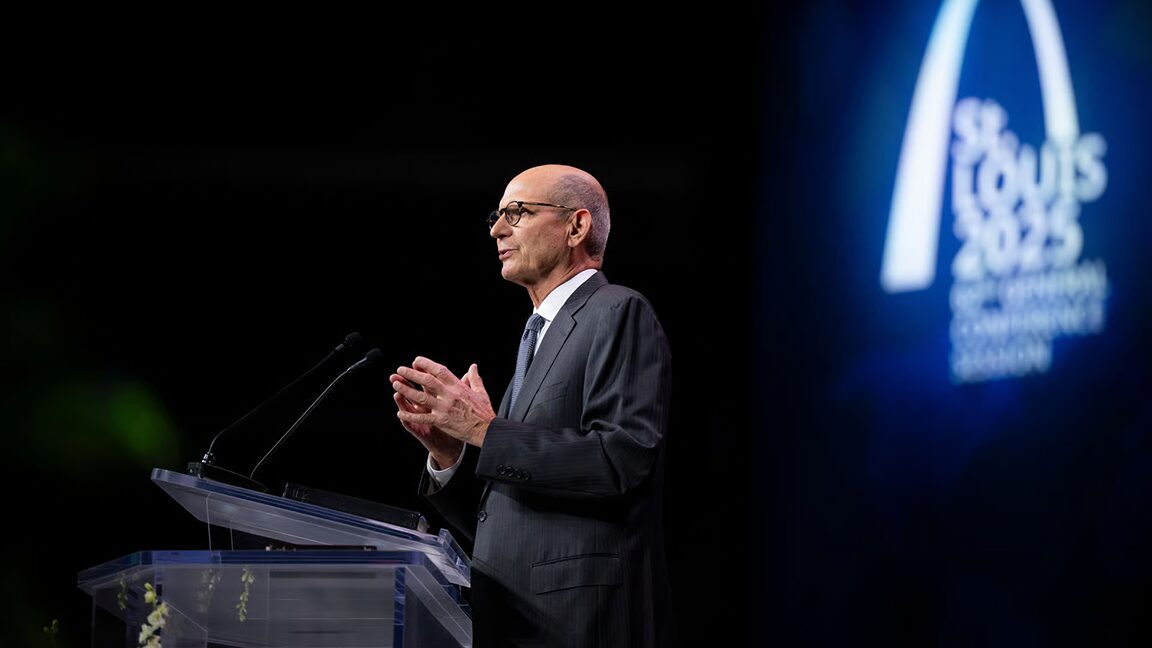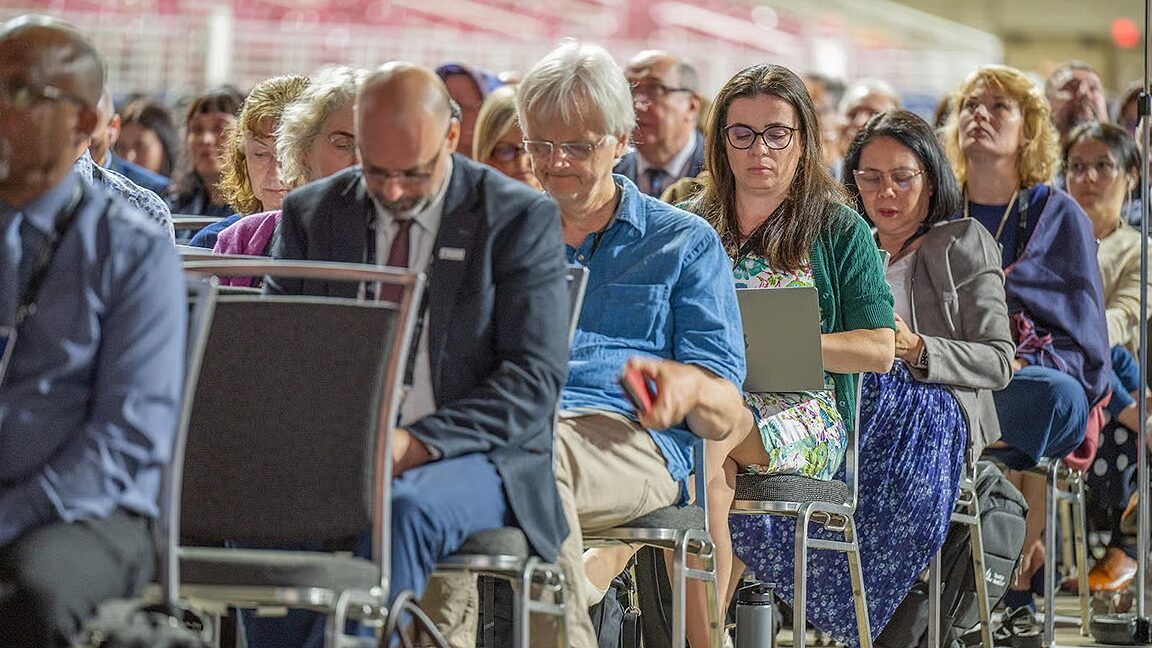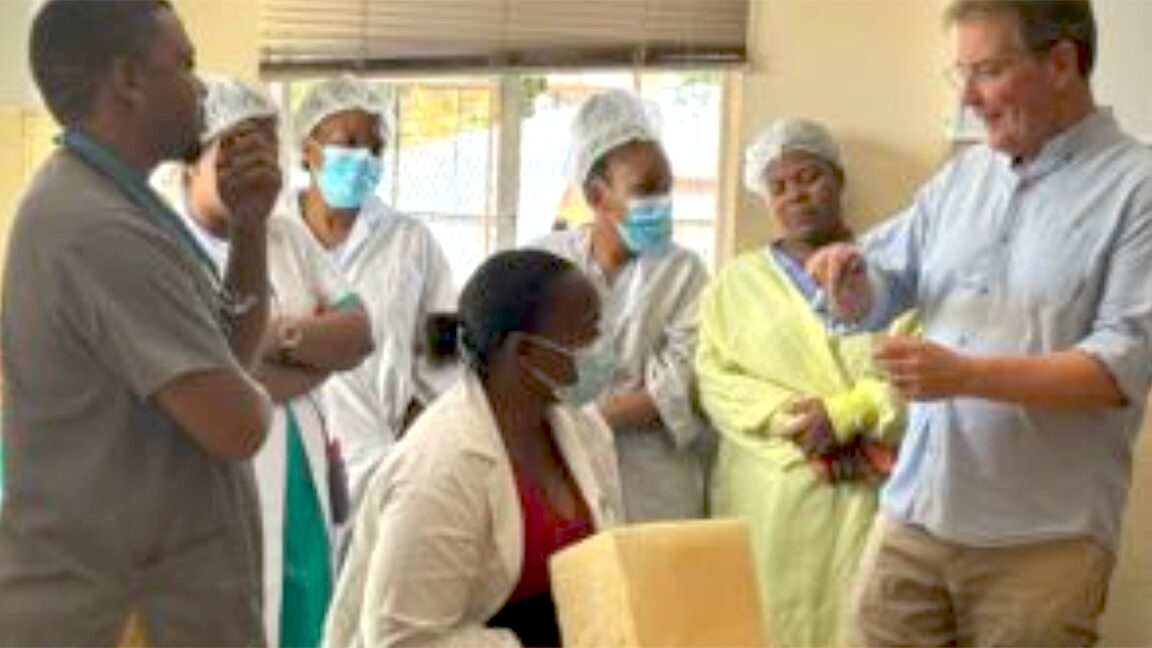Lauren Davis and Debra Banks Cuadro – St. Louis, Missouri … The Secretary’s Report presented at the 62nd General Conference (GC) Session on July 4, 2025, highlighted a renewed focus on global mission, even as data revealed a slight decline in church membership driven by rising secularization in society.
“In every corner of the world, we are integrated by one purpose,” said Erton Köhler, secretary of the GC. “To bring hope, healing, and a message of love to all nations.”
Before the report began, he clarified that the secretariat department focuses on re-strategizing and overseeing the church’s outreach mission to the challenging regions of the world.
Global Statistics—Where Does the Seventh-day Adventist Church Stand?
The report began with David Trim, director of the Office of Archives, Statistics, and Research (ASTR) at the GC presenting data on church growth over the past 15 years.
At the end of 2015, global membership in the Seventh-day Adventist Church stood at 16.92 million. By the close of 2024, that number had risen to 23.684 million, representing an overall increase of 40 percent.
A key driver of this growth was a record-breaking accession rate between 2023 and 2024. The accession rate reflects new members joining the church through baptisms, professions of faith, and adjustments during membership reviews.
While these numbers are encouraging, Trim emphasized that true church growth considers both accessions and losses. Over the past five years, the church has also experienced record levels of membership loss.
Since 1965, a total of 47,005,367 individuals have joined the global church. However, during the same period, 20,290,098 members have left. This results in a net-loss rate of 43.17 percent—meaning that more than four out of every 10 members have left the church.
Despite this, the data reveals that all regions of the global church continue to experience positive growth. Particular attention was given to the South Pacific Division, which demonstrated the highest member-to-accession ratio, with approximately one Seventh-day Adventist for every four individuals in the population.
Trim concluded his report by reminding delegates that while sharing the gospel may be easier in some regions than others, the church’s global mission must remain its central focus.
Global Mission—Church Planting
The focus on mission transitioned naturally to the next section of the report: Global Mission, presented by GC associate secretary Gary Krause.
At its core, Global Mission is a mandate to plant new groups of believers. Since the Indianapolis GC Session in 1990, 70,000 new churches have been established, and since the 2022 GC Session, 10,000 churches have been established.
The frontline workers in this effort are known as Global Mission Pioneers. With basic training, they follow Jesus’ method of ministry, with their efforts being highlighted in a video featuring workers from Nepal, Indonesia, Armenia, and Costa Rica, expressing joy in the work God has set out for them to do.
“Since the last GC Session, on average, we’ve sent out a global mission pioneer church planting team every two days,” Krause said.
In 2024, a record was set in church planting, with a new church being established every 2.8 hours.
Krause concluded with a video featuring Global Mission director Chanmin Chung, who shared that since 2022, six global mission centers have trained thousands of pastors, leaders, and church members to plant churches around the world.
Global Mission—Three Windows, One Mission
Before transitioning to the next portion of the Global Mission, Köhler came to the stage to highlight two main premises for the mission refocus emphasized in this report.
- A shift in budget allocation to prioritize funding for frontline mission outreach positions, such as Global Mission Pioneers.
- A call for all church organizations to actively sponsor and send missionaries to the world’s most challenging areas.
These challenging regions, known as windows, are where the global mission is refocusing its resources. The three windows are:
- 10/40 Window: A region between the Atlantic and Pacific oceans encompassing 68 countries and 5.4 billion people. A staggering 66 percent of the world’s population is represented in this region, and despite the high numbers, only 12 percent of that population is Seventh-day Adventists. This region is also the birthplace of three major world religions: Islam, Hinduism, and Buddhism, creating unique challenges for Christians living in this region.
- Post-Christian Window: A region with a population of 1.2 billion people and formed by countries in the Western world that are rapidly moving away from Christian values and toward secularization and materialism.
- Urban Window: This represents large metropolitan cities throughout the world. As an example of why cities are being promoted as an area of mission focus, Köhler highlighted the city of Delhi having a population of just under 35 million residents. Of that population, there are only 3,808 Seventh-day Adventists.
Six global mission centers help the church reach people more effectively in the global mission windows. A video report featuring Chung shared that since the last GC Session in 2022, these centers have trained thousands of pastors, leaders, and church members to help plant churches around the globe.
After outlining the different approaches, Köhler reminded delegates that the world church is a global movement and that members and regions must work together to reach these challenging areas.
“We are not here to compete with each other but to complement each other, and the global mission gives us that opportunity,” Köhler said.
Honoring Servants of God
At the beginning of the report, Köhler gave special recognition to the longest-serving secretary in Adventist Church history, the late Ralph Thompson.
At the end, a special moment of recognition was given to the late former director for the GC Global Mission Centers, Kleyton Feitosa. He was represented by his wife, Delma, and two sons, who joined Köhler on the stage. They received a standing ovation from delegates in honor of Feitosa’s life and service in ministry.
The delegates approved the secretary’s report by vote.
For more coverage of the 2025 General Conference Session, including live updates, interviews, and delegate stories, visit adventist.news and follow ANN on social media.
—Lauren Davis and Debra Banks Cuadro write for Adventist News Network (ANN). Republished with permission from ANN GC Session July 4, 2025, article. Photo by Tor Tjeransen.
